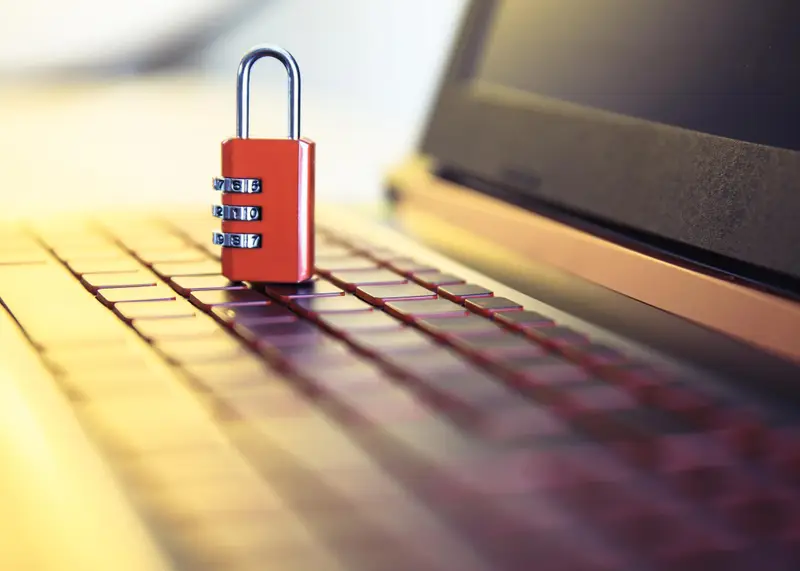Near Field Communication (NFC) technology has become an integral part of our daily lives, often without us even realizing it. From making quick payments to sharing data seamlessly, NFC’s capabilities are vast and continually expanding. This article delves into the unexpected power of NFC and how it is revolutionizing various aspects of modern life.
The Versatility of NFC
Simplified Payments
One of the most well-known applications of NFC is in mobile payments. Services like Apple Pay, Google Wallet, and Samsung Pay utilize NFC technology to allow users to make secure transactions with a simple tap of their smartphones. This not only speeds up the payment process but also adds an additional layer of security compared to traditional magnetic stripe cards, as the transaction data is encrypted and never stored on the device.
Seamless Data Transfer
NFC also facilitates the effortless transfer of data between devices. Whether it’s sharing contact information, photos, or files, NFC enables quick and easy exchanges without the need for complex setups or cables. This capability is especially useful in business settings, where exchanging digital business cards or presentations can be done with a simple tap, enhancing efficiency and connectivity.
Enhanced Access Control
Access control systems are increasingly incorporating NFC technology to streamline security and convenience. Many modern office buildings, hotels, and even residential complexes now use NFC-enabled cards or smartphones for entry. This method not only provides a secure way to control access but also eliminates the need for physical keys or traditional swipe cards, which can be easily lost or duplicated.
Improved Public Transportation
NFC technology is revolutionizing public transportation systems around the world. Commuters can use NFC-enabled smartphones or cards to quickly access buses, trains, and other forms of public transit. This innovation reduces the need for physical tickets or cash, speeding up the boarding process and improving overall efficiency. Cities like London, Tokyo, and New York have already adopted NFC for their transportation networks, enhancing the travel experience for millions.
Smart Home Integration
The rise of smart home technology has also been boosted by NFC. Smart locks, lighting systems, and home automation devices are now often NFC-enabled, allowing users to control various aspects of their homes with a simple tap of their smartphones. This integration not only adds convenience but also enhances security, as users can quickly and securely control access to their homes and manage their environments more efficiently.

Healthcare Applications
NFC is making significant strides in the healthcare sector as well. Hospitals and clinics are using NFC technology to streamline patient management and improve care. For example, NFC-enabled wristbands can store patient information, medication schedules, and treatment plans, allowing healthcare providers to access and update records quickly and accurately. This reduces the risk of errors and ensures that patients receive the correct care promptly.
Personalized Marketing
Retailers and marketers are leveraging NFC to create personalized and interactive customer experiences. NFC tags placed on products or advertisements can provide consumers with additional information, special offers, or interactive content when scanned with their smartphones. This not only enhances the shopping experience but also allows businesses to engage with customers in a more dynamic and targeted way.
Conclusion
The unexpected power of NFC extends far beyond simple contactless payments. From enhancing data transfer and access control to revolutionizing public transportation and healthcare, NFC technology is transforming various aspects of our lives. The release of HONOR 200, which supports Full-scenario NFC, exemplifies how modern smartphones are harnessing this technology to offer users unparalleled convenience and functionality. As NFC continues to evolve, its applications will undoubtedly expand, unlocking new possibilities and further integrating into our daily routines.


















